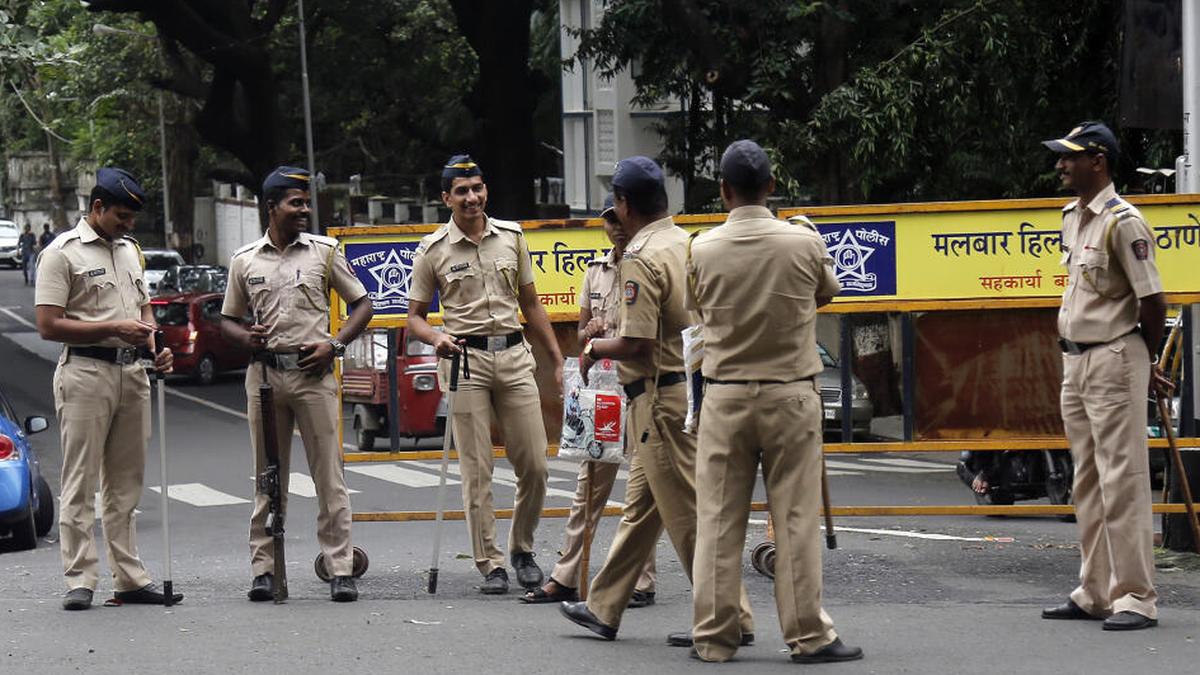Survey reveals that four in 10 police personnel believe that reporting of custodial torture should be mandatory
In recent years, concerns over police brutality and custodial torture have intensified, fuelling debates about justice, accountability, and human rights. The findings from a recent study on the ‘Status of Policing in India Report’ conducted by Lokniti-Centre for the Study of Developing Societies in collaboration with Common Cause shed light on this grim reality.
The study, which analysed responses from 8,276 police personnel across 82 locations in 17 States including Delhi, provides troubling insights into the culture of abuse behind closed doors.

When asked if it is acceptable for the police to use violence against suspects of serious offences for the greater good of society, nearly two out of three police personnel (63%) agreed.
Of them, 22% strongly agreed and 41% moderately agreed. Just 35% of the officers opposed the idea (Table 1). Support for violence against suspected serious offenders remained consistent across ranks.
Table 1 | Police violence: A justified tool for the greater good
When asked about torture, a significant number of police personnel expressed strong support for its use in interrogations across various crime categories. The highest support was for cases related to national security, such as terrorism, with 42% strongly backing torture. Over a third (34%) also strongly supported its use in cases of rape, sexual assault, and serious violent crimes such as murder (Table 2). Additionally, 28% strongly agreed that torture must be used against history sheeters.

Table 2 | Justifying violence: The alarming police support for torture
Police personnel were also asked how justified is the use of certain coercive and violent acts towards the accused so that criminal cases can be solved. The data reveals a troubling acceptance of coercive tactics, ranging from verbal abuse and threats to slapping and third-degree methods.
Nearly half (49%) said that verbally abusing or threatening suspects in cases of minor offences such as theft is justified, with 32% endorsing slapping and 9% even supporting the use of third-degree methods (Table 3).
Table 3 | The case for third-degree methods
Support for such violent methods increased dramatically in cases of serious crimes. Three in ten (30%) police personnel justified third-degree methods in cases such as rape and murder, while half (50%) approved of slapping suspects and more than half (55%) endorsed verbal abuse or threats.
Threats and slapping or using light force are common. About a quarter (26%) of police personnel said that suspects are threatened often, while 34% said that this happens sometimes. Similarly, nearly two in 10 (18%) said that slapping or using light force is common, with 28% saying it happens occasionally (Table 4).
Table 4 | How often do investigating officers use forceful tactics?
Regarding third-degree methods, one in 10 police personnel admitted that such extreme violence occurs often, and 16% said it happens sometimes. Additionally, one in three respondents reported that investigating officers frequently use coercive tactics.
The findings reveal that nearly four in 10 police personnel believe that reporting of custodial torture should be mandatory, while a similar proportion supported it being mandatory in some cases. Around one in 10 felt it should never be mandatory (Table 5).
Table 5 | Police views on mandatory reporting of torture
While a majority supported mandatory reporting, the fact that the largest group favoured it only ‘sometimes’ suggests a level of hesitation or conditional acceptance. The data also shows that officers at the police station level favour mandatory reporting more than their senior counterparts.
Table 6 |Would legal protection encourage police to report violence?
When asked if junior police personnel would feel comfortable filing a complaint against their seniors for the use of violence, provided legal protection, over four in 10 of police respondents strongly agreed, while 36% agreed moderately (Table 6).
Data for the tables were sourced from Lokniti-CSDS. Vibha Attri & Jyoti Mishra are Research Associates at Lokniti-CSDS
Published – April 10, 2025 07:00 am IST
